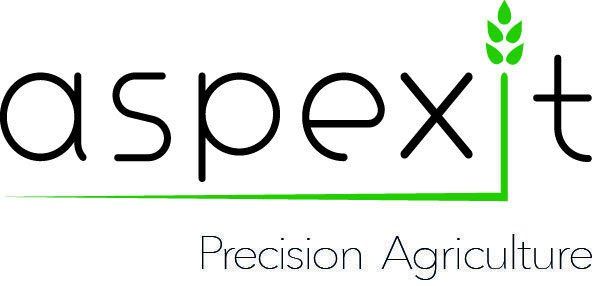Management zones or management classes ?
Site-specific management is a common practice in Precision Agriculture. The objective is to delineate management zones within the fields that will be the place of variable rate applications. Most common strategies of differentiate management include fertilization, irrigation and harvest. To produce variable rate application maps, two approaches are generally adopted. The first one is based on classification methods while the second one involves segmentation strategies. The precision description of segmentation and classification methods is beyond the scope of this post but an overview is proposed to understand the advantages and drawbacks of each type of methods
Classification-based methods
In the first case, the variable of interest is classified according only to its data distribution. These methods aims at find the optimal clusters of observations that minimize the intra-class variance and maximize the inter-class variance. In other words, the objective is to find very homogeneous groups that are significantly different from one another. Classification algorithms such as the k-means or fuzzy c-means (the fuzzy variant of k-means) are widely reported in the literature. On top of classifying each observation (as the k-means algorithm does), the fuzzy c-means approach adds to each observation a probability of belonging to each defined class. This enables to know if an observation belongs without any doubt to a given class or if the classification is point for discussion. These methods generally provides the best clustering of observations because this is why these methods have been dedicated to. However, from a spatial perspective, the resulting management zones are strongly fragmented because no spatial information has been accounted for.
In fact, these classification methods produce more what we could call management classes than management zones. A management zone is a spatially contiguous entity that is the place of a specific management strategy. A management class gathers all the management zones that receive the same management strategy. There is a need to delineate management zones that are as little fragmented as possible so the variable rate application is feasible from a practical point of view.
It is clear that the results of classification-based approaches can be improved by pre or post-processing methods such as (i) the use of spatial filters to smooth the information and lower the fragmentation effects or (ii) the use of the spatial coordinates in the classification algorithm. However, the quality and reliability of such methods can be questionable.
Segmentation-based methods
To overcome this fragmentation effect, segmentation-based methods (arising from the field of image processing) have been proposed to delineate management zones. These techniques originates from the will to detect contiguous objects in images. Most common approaches intend to either (i) expand iteratively small regions into larger regions (region-growing, merging and quadtree techniques), (ii) extract first the contours of the regions of interest (edge-based detection techniques). These methods have the advantage of producing non-fragmented and more operational management zones. However, the computation of such approaches is a bit more tricky. Some of these approaches might also require some manual supervision which could be problematic in a processing chain.
The need for operational variable rate application maps
When creating variable application maps, there is a crucial need to think about operationality or feasibility. Indeed, there will be a machine to perform the application so the computation of the map has to take into account this machinery.
For instance, there is no need to produce small management units whose area is less than the spatial footprint of the machine (ex : the spreading width in fertilization applications).
This is also interesting to account for the accuracy that the agricultural machinery is able to reach. Some machine have specific prescription levels and cannot apply different strategies that those specific ones.
For instance, a fertilizer spayer might be able to fertilize with a step of 10 or 20 nitrogen units. Between those levels, there is no need to differentiate management units
Another criterion of interest is the time lags of the machinery. Effectively, there is often a time to alter the prescription rates that is related to the type of machinery, the application to perform and the travel speed of the machine.
For example, it might take a couple of seconds to change a fertilization rate for fertilizer spreader.
The more expertise (agronomic, machinery characteristics…) will be accounted for, the more relevant the variable application maps will be. Do not forget that there is no need to produce a very precise application map if the machinery is not able to apply it accordingly. The outputs might be much worse than expected.
Support Aspexit’s blog posts on TIPEEE
A small donation to continue to offer quality content and to always share and popularize knowledge =) ?

